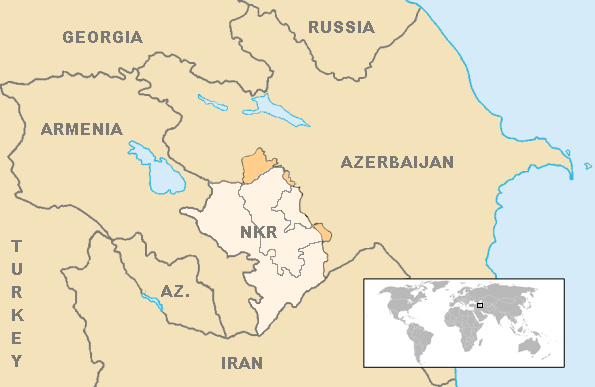by Michael Ge
Clashes have once again erupted between Armenia and Azerbaijan. The conflict between the two nations started on September 27th, 2020, with the two former Soviet republics once again fighting over the disputed region of Nagorno-Karabakh, also known as Artsakh. This region of Nagorno-Karabakh is an Armenian-majority region that is internationally recognized as part of Azerbaijan. However, Nagorno-Karabakh has not been politically controlled by Azerbaijan since the Nagorno-Karabakh War. Rather, it has been under de facto control of Armenia since the conclusion of the Nagorno-Karabakh War.
In the last years of the Soviet Union and shortly after the dissolution of the Soviet Union, the Armenian SSR and the Azerbaijan SSR fought over the region from 1988 to 1994 in the Nagorno-Karabakh War. In this conflict, tens of thousands of people were killed and hundreds thousands of civilians were displaced in both nations. In the end, Armenia won the war and the Bishkek Protocol was signed.
Azerbaijan claimed that they have captured several settlements and heights, but some of those claimed gains were recaptured later on. Calling for unity, the Prime Minister of Armenia, Nikol Pashinyan, stated that Armenia was facing a decisive moment in the nation’s history. Meanwhile, Ilham Aliyev, the President of Azerbaijan, has issued a decree calling for a partial mobilization.
The United Nations, Russia, France, and the United States have all called for an immediate ceasefire along the Armenia-Azerbaijan border. On the other hand, Turkey has announced its support for Azerbaijan in the conflict. Not only that, but it has been accused of sending Syrian and Libyan mercenaries to fight for Azerbaijan. Hopefully, this conflict will resolve, but it may very well continue into the future with no end in sight.

